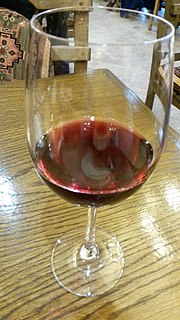 W
WFruit wines are fermented alcoholic beverages made from a variety of base ingredients ; they may also have additional flavors taken from fruits, flowers, and herbs. This definition is sometimes broadened to include any fermented alcoholic beverage except beer. For historical reasons, mead, cider, and perry are also excluded from the definition of fruit wine.
 W
WBanana wine is a fruit wine made exclusively from bananas.
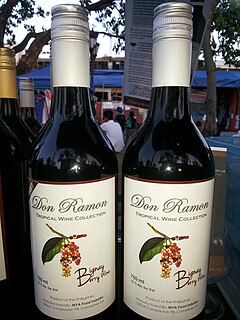 W
WBignay wine, also known as bugnay wine, is a Filipino fruit wine made from the berries of the native bignay or bugnay tree. It is deep red in color and is slightly sweet with a fruity fragrance.
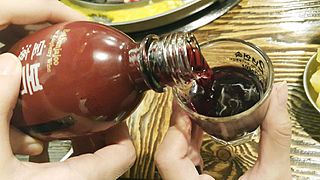 W
WBokbunjaju, also called bokbunja wine, is a Korean fruit wine made from wild and/or cultivated bokbunja. It is produced in Gochang County, Jeollabuk-do, in Damyang, Jeollanam-do, and in Jeju Island, South Korea. It is made by fermenting berries with water. Some varieties also contain rice and jicho herb.
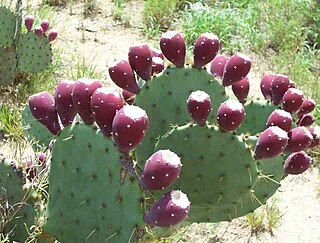 W
WColonche is an alcoholic red coloured drink made by Mexicans for thousands of years with tuna, the fruits of "nopal", especially with tuna cardona, the fruits of Opuntia streptacantha.
 W
WDuhat wine, also called lomboy wine, is a Filipino fruit wine made from the fruits of black plum (duhat). It has a bright purple-red color. It is mostly produced in Southern Luzon.
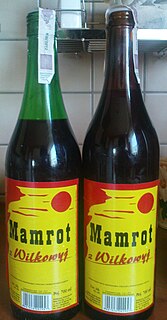 W
WJabol is a slang name for a kind of cheap Polish fruit wine that is made from fermented fruit and is bottled at 8% to 18% alcohol by volume. Its name seems to be derived from jabłko, the Polish word for "apple," which it is often made from. Though it is usually fruit flavoured, it can come in other flavours such as chocolate or mint.
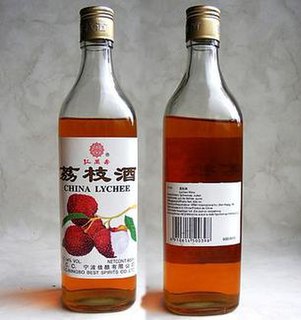 W
WLychee wine is a full-bodied Chinese dessert wine made of 100% lychee fruit. This wine has a golden colour and rich, sweet taste. It is usually served ice cold, either straight up or on the rocks with food. Lychee wine is believed to pair better with shellfish and Asian cuisine than with heavier meat dishes. This refreshing beverage can also be used as a cocktail mixer paired with other spirits.
 W
WTepache is a fermented beverage made from the peel and the rind of pineapples, and is sweetened either with piloncillo or brown sugar, seasoned with powdered cinnamon, and served cold. Though tepache is fermented for several days, the resulting drink does not contain much alcohol. In Mexican culinary practice, the alcoholic content of tepache may be increased with a small amount of beer.